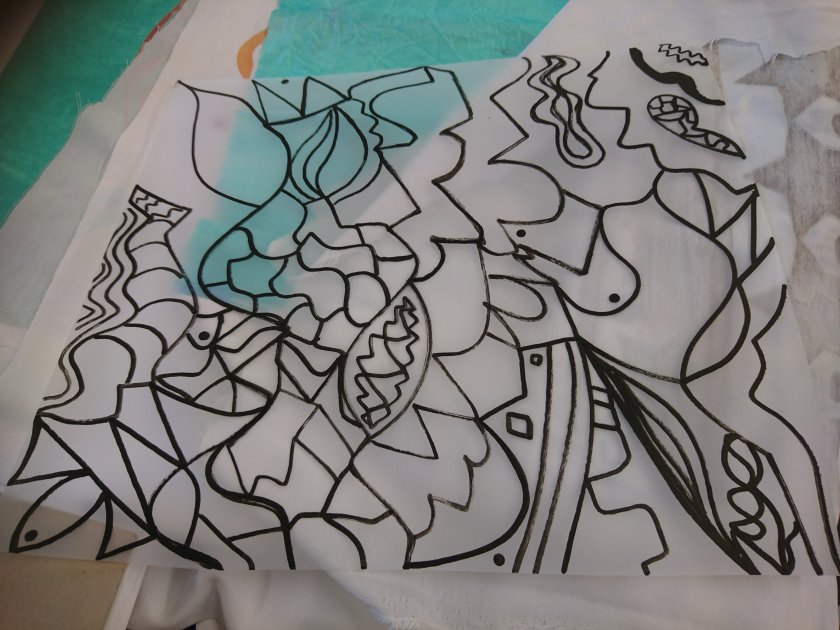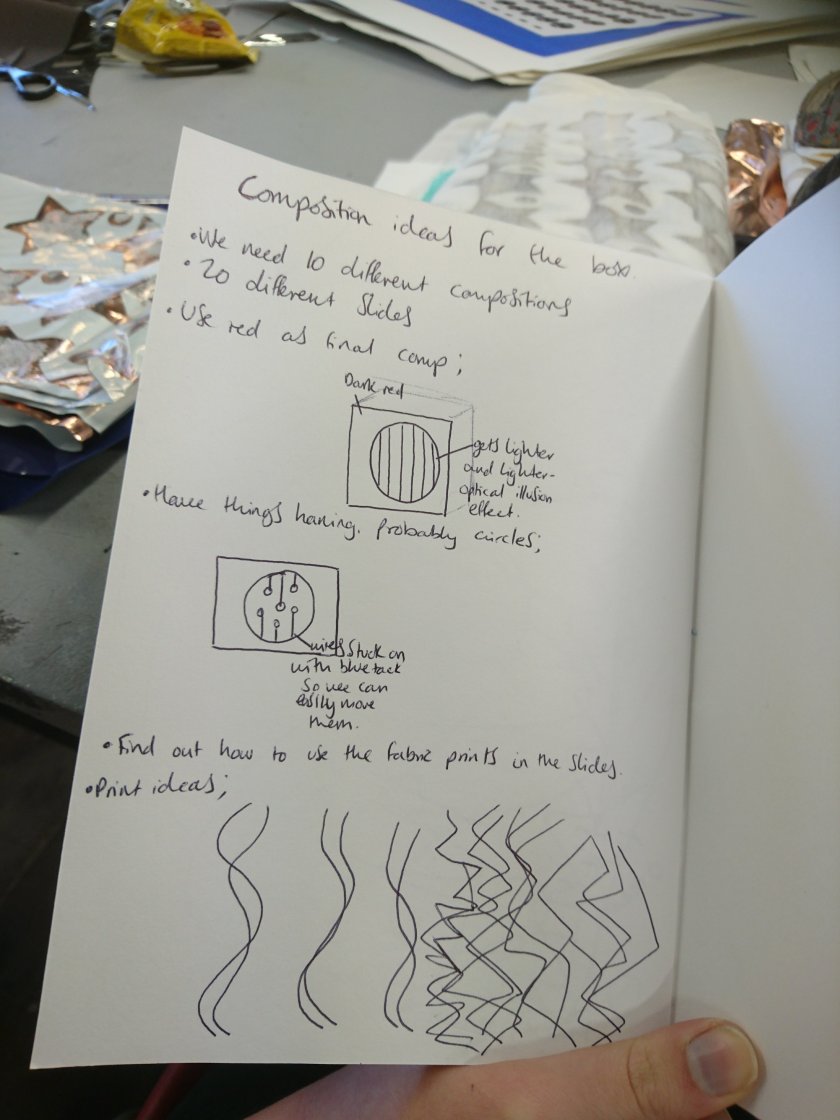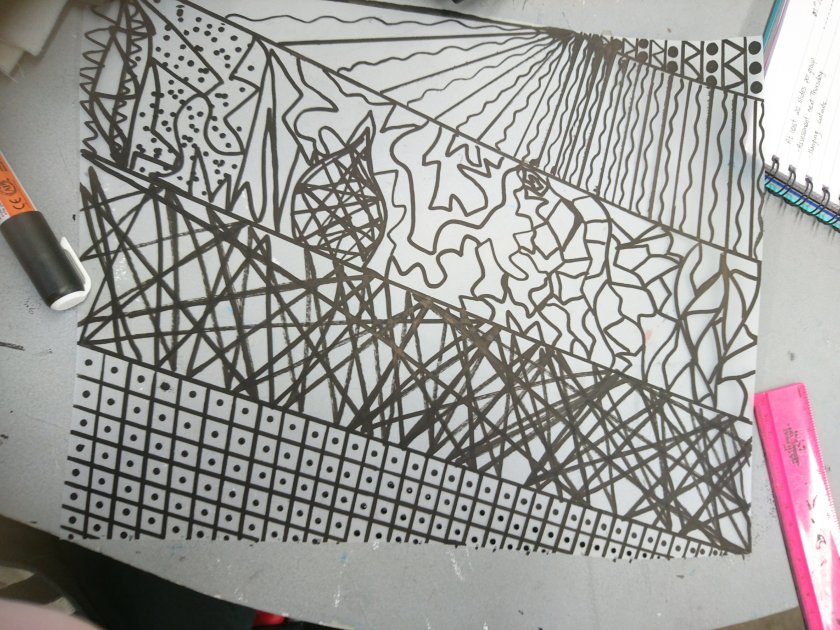We based today on choosing the slides, making them and planning what would look best with what. This was really helpful for us because it helped us figure out what we had left to do and how much time we needed to do everything. I experimented with a print I made yesterday and cut out the shapes, making it transparent enough to be able to see prints behind it;
Here’s a video of one of our compositions using four prints;
How the lines join from some angles and how they disappear in some others really intrigue me because how the piece is perceive is entirely down to where you’re standing, making it almost an optical illusion in ways. It also makes this interactive art, as it makes the spectator have to move around with it to see all its shapes and illusions. This work resembles Victor Vasarely’s work with the use of lines an colour, which is an artist I’ve already been looking at, making me think that we were subconsciously thinking of these artists while making the work.
This has had me thinking abut my own work in subject, and how I could incorporate these ideas and artists into my political pieces. I’m already working with fabric, but I’ve never made them myself, which could be a great starting point. I could also look into optical illusions by using more metaphorical and abstract pieces to convey my ideas, like how Oleg Shupliak uses his paintings to capture illusions. I could use this in my sculptural pieces by using two different ideas that all link to my political points.






























































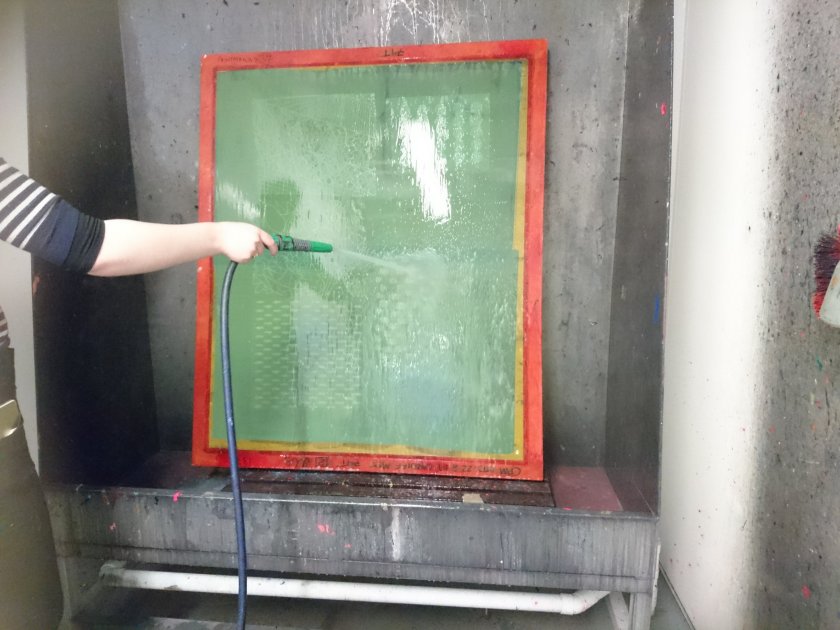 T
T 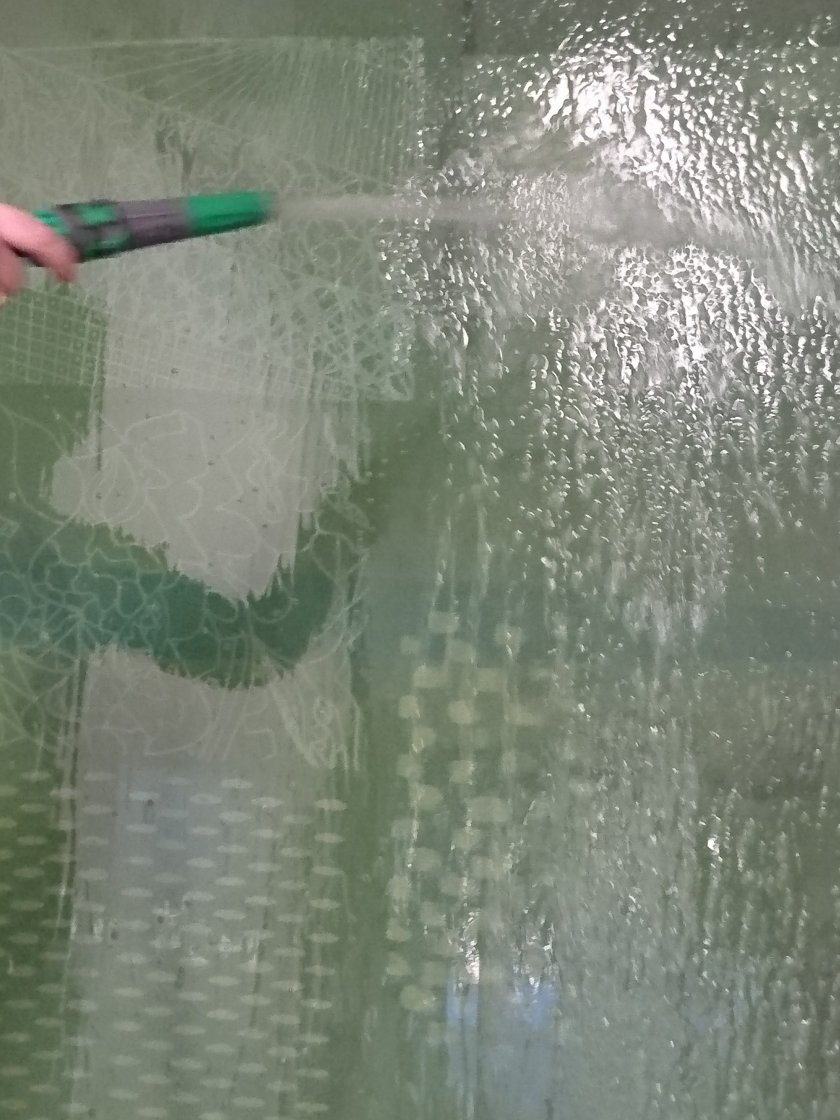
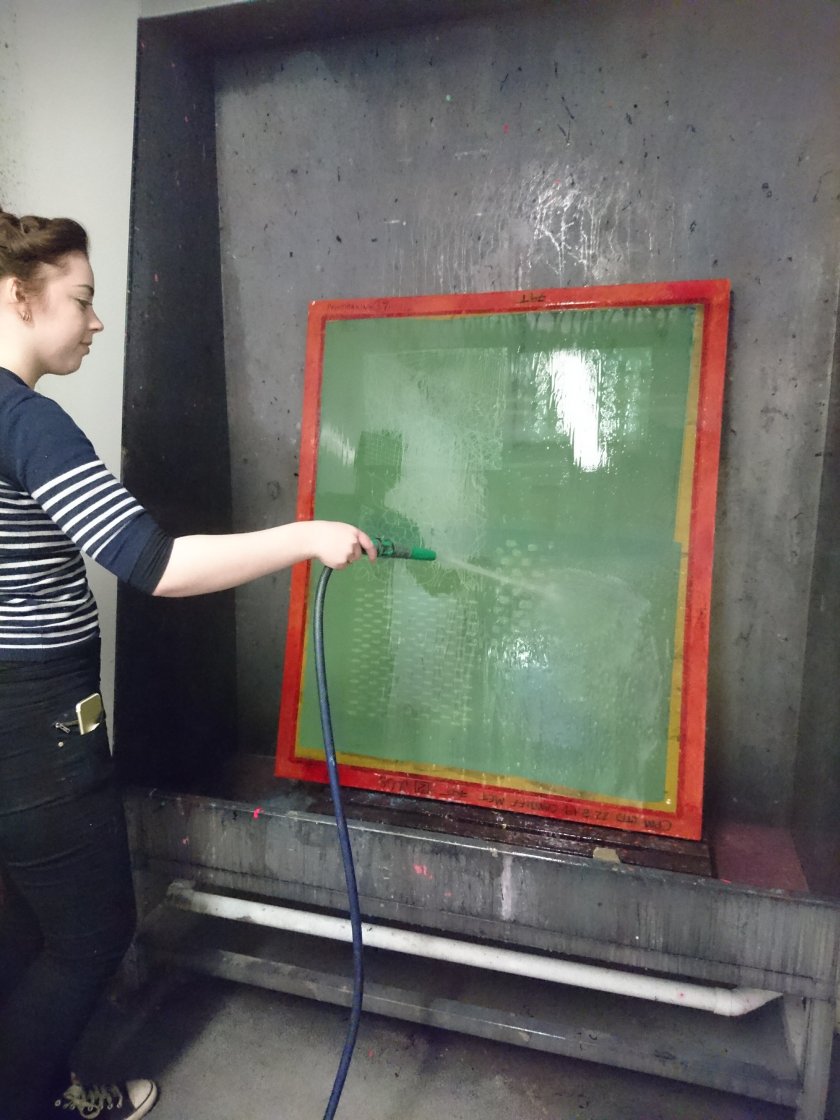 oday, I was able to participate in the print room with the rest of my group, and we shared ideas on how to execute the box, including the 10 different compositions using 20 different slides, and perhaps a “finished composition”. I decided to make a few designs to print on paper, in order to have a good variety of pieces to play about with and compare different compositions. I also wanted to keep with a mixture of solid geometric shapes, as well as more expressionistic patterns so that they’d already be contrasting.
oday, I was able to participate in the print room with the rest of my group, and we shared ideas on how to execute the box, including the 10 different compositions using 20 different slides, and perhaps a “finished composition”. I decided to make a few designs to print on paper, in order to have a good variety of pieces to play about with and compare different compositions. I also wanted to keep with a mixture of solid geometric shapes, as well as more expressionistic patterns so that they’d already be contrasting. 